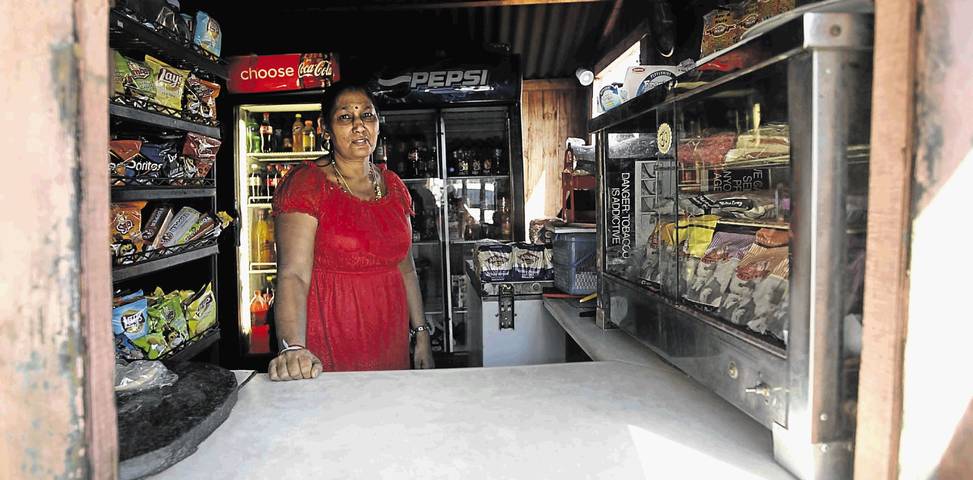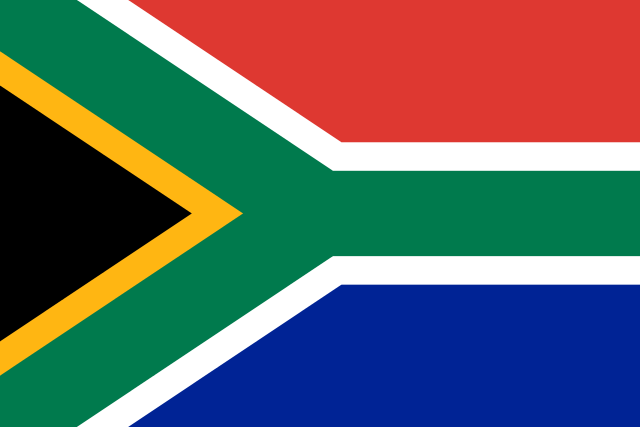Durban, the thriving, seaside heart of South Africa, is best known for three things: its sprawling, golden sand beaches; its bustling, humming port; and bunny chow, deliciously savory, slow-cooked lamb curry served inside a hollowed-out loaf of bread.
I may be overstating things—but not by much. Humble though it may seem, bunny chow is actually a wonderful, delicious example of cross-cultural fusion and exchange: Indian style curry paired with native South African spices and European-style bread.

Bunny chow, all dressed up. Source: Ideal Magazine.
Yet bunny chow isn’t only an interesting, tasty fusion dish. It’s also an interesting example of the dynamic, multicultural history behind South Africa, especially when you realize that its name is quite misleading: bunny chow doesn’t actually contain rabbit. Instead, Lizzie Collingham, the author of the endlessly readable Curry: A Tale of Cooks and Conquerors, writes that the term “bunny” actually comes from “Bania,” a caste of Indian merchants who settled in Durban.
Collingham also explains bunny chow’s cross-racial history: because of apartheid, Indian shop owners could not openly serve their black African customers. As a result, cooks would make portable, easy-to-eat bunnies, filling bread bowls to the brim with curries and surreptitiously serving them through windows and back doors. Thankfully, while apartheid’s laws are dead, bunny chow has stayed with us, a reminder of both a darker history as well as the multi-ethnic tapestry of South Africa—which apartheid tried to tear apart.

The no-frills Auntie Nita’s Curry Den, a typical example of an Indian takeaway. Source: The Sunday Times
It makes sense that bunny chow would originate in Durban, which has the second-largest Indian population outside India and was once the South African home of a young man named Mohandas Karamchand Gandhi. Interestingly, as Saveur found in their exploration of South Africa, Indian South African cuisine may actually be hotter than its counterparts on the subcontinent. It’s certainly different: writer Sarah Khan notes that South African-style curries use plenty of spices in pre-measured amounts—something little seen inside a more traditional Indian kitchen.
These changes stemmed from necessity, particularly during the apartheid era. Without a steady stream of new immigrants, the Indian community in South Africa was forced to improvise and re-think their cuisine, leaving behind some more labor intensive practices and rethinking others. Just as other immigrant communities, such as Chinese-Indians or British-Indians, altered their foods in a native land and adapt to strange tastes and palates, so too did Indian South Africans.

Bunny chow at the Britannia Hotel. Source: The New York Times.
Today, thankfully, we reap the benefits. There’s nothing better than chomping down on a bunny chow, your mouth tingling with curry and spice as you laugh with friends on a balmy, golden summer day.
And for those of you who want to try bunny chow, but don’t have access to a takeaway, take a look at these great recipes from Ideal Magazine and Saveur.








